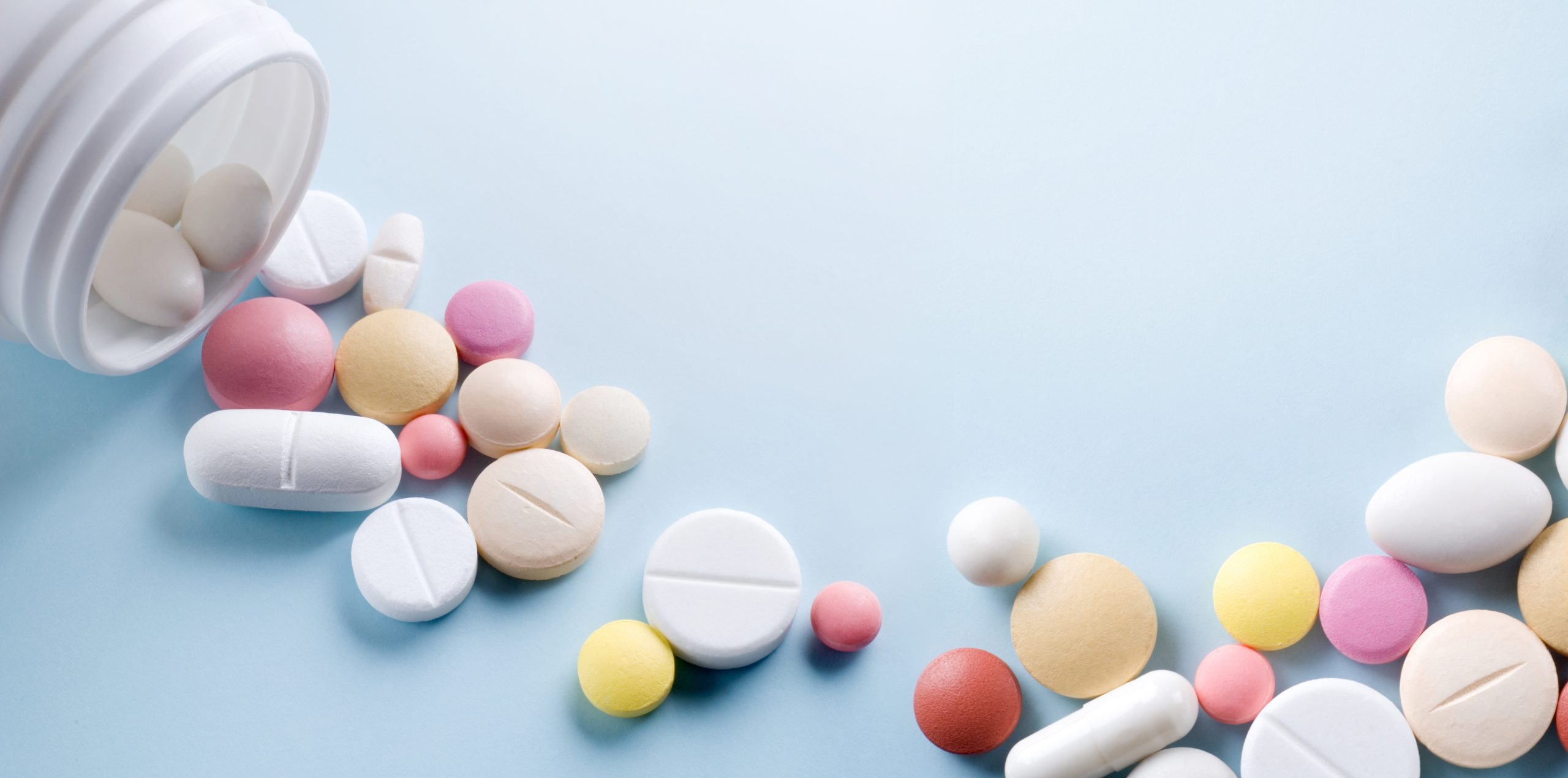How to Select the Right Polymers for Your Modified Release Tablet
5 Minute Read

Many clients come to us with formulations they want to tech transfer or scale up and take into clinical studies. A common problem we see is that the formulation is not robust. The process is challenging to run, and dissolution performance varies from batch to batch or even tablet to tablet. This post will discuss how to select the right polymers (and other best practices), so you can have a robust formulation.
When selecting the right polymers for your modified release dosage form, the best starting point is to decide on the pharmacokinetic profile and then make the strategic formulation decisions about the dosage form (monolithic tablet or multiparticulate capsule) and the release profile (e.g., sustained, delayed, pulsatile) you desire. For most sustained-release products, a hydrophilic matrix tablet is the best choice.
Try Hypromellose at a 30% load. Include the necessary amount of drug and lubricant. Make up the rest of the tablet with a blend of soluble and insoluble fillers such as lactose monohydrate and microcrystalline cellulose, respectively.
I’ve been in the pharmaceutical industry for over 25 years, and for the last 18 years, I’ve been focused primarily on making modified release dosage forms for clients in the CDMO space. Recently, in collaboration with Chuck Vesey of Colorcon, I delivered a webinar titled “How to Select the Right Polymers for Your Modified Release Dosage Form.” As we were preparing our webinar, it was remarkable how many best practices we agreed on. For example, a hydrophilic matrix system is the best first choice for sustained-release (SR) tablets.
Hydrophilic Matrix
These formulations have a long history of success. They tend to be stable and robust, and they offer a wide range of achievable release profiles for a wide range of API behaviors. The technology is well understood, and there are many polymer grades available to help you develop the desired release profile.
Hydrophilic matrix formulations mix the drug and a hydrophilic polymer into a compressed tablet. Once the tablet is taken and travels into the patient’s stomach, the polymer hydrates, and swells, forming a gel that slows the release of the drug. Drug release is obtained by a combination of erosion (dominant for insoluble APIs) and diffusion (predominant for soluble APIs).
Polymers for hydrophilic matrix formulations should exhibit the following characteristics:
- Soluble across a wide range of pH variables
- pH-independent release to support robust performance throughout the gastrointestinal tract
- Inert and nonionic to reduce risk of interaction with other components
- Good compressibility for manufacturing
- Availability in multiple grades, including directly compressible versions, for flexibility in development
To hear more of our specific polymer recommendations for hydrophilic matrix formulations, watch our recorded webinar: How to Select the Right Polymers for Your Modified Release Tablet or Capsule.
A Common Problem
The obvious answer when you’re trying to create a sustained release dosage form is to change the amount and molecular weight of the polymer to adjust the dissolution release profile. If their first formulation is too slow, most formulators will simply reduce the amount of polymer to speed it up. Too fast? They add more or choose a higher molecular weight polymer.
This, by itself, is a bad strategy.
What pain does this cause?
Using too little polymer in your matrix tablet formulation can lead to high variability in dissolution performance.
Using too much polymer in the formulation can lead to poor terminal release, especially for moderately or poorly soluble drugs. Some of the API gets stuck in the matrix and is never released. Too much polymer can also lead to difficulty in processing and suboptimal tablet characteristics.
All these concerns can create immense headaches during the later stages of development and carry into commercial production.
As a developer, it is our job to create a formulation and process that is robust. That is, when followed, it leads to easy production of a high-quality finished product, time and again. Formulations and processes that are not robust create uncertainty in both product performance and continuity of supply.

What should you do instead?
The optimal amount of rate-controlling polymer in a hydrophilic matrix tablet is around 30%. Ideally, the formulator should target this quantity of polymer, including the necessary amount of drug and lubricant, and then make up the rest of the tablet with a blend of soluble and insoluble fillers that offer both brittle and plastic deformation characteristics. For example, use lactose as the brittle/soluble filler, and microcrystalline cellulose as the plastic/insoluble filler. This enables good flow and compression behavior, allowing the production of a good, strong tablet. It also provides additional formulation levers to optimize the processing behavior, the tablet’s physical characteristics, and its dissolution release profile.
What additional levers?
The first is the molecular weight or viscosity grade of the polymer. Different grades of polymer can also be blended to obtain optimal diffusivity and gel strength.
The second is the ratio of soluble to insoluble fillers. Using a higher molecular weight polymer or more insoluble filler tends to slow drug release. Using more of the soluble filler tends to speed up drug release.
What shouldn’t you do?
Don’t rely on process parameters to adjust dissolution behavior. This is a recipe for variability, frustration, and seemingly endless investigations. By choosing the polymer(s) and fillers well, you can create a robust formulation that’s easy to manufacture.
Our webinar goes into more detail about polymer selection and best practices for modified-release dosage forms. You can view it here: How to Select the Right Polymers for Your Modified Release Dosage Form.
If you have a more complicated project, or simply want to learn more, please contact us. We’d love to help.

